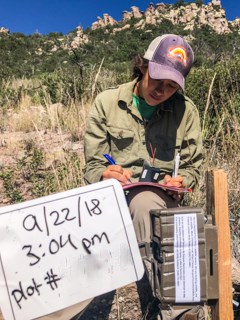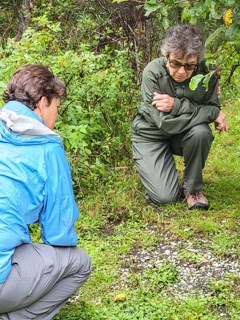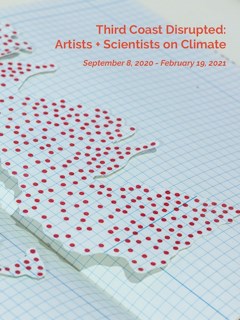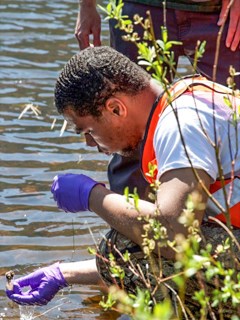The work of RLCs is enhanced through collaboration with hundreds of partners–universities, schools, conservation organizations, community groups, federal and state agencies, and diverse NPS programs. Partners provide in-kind and financial support, broaden the scope and understanding of national park science, and improve stewardship of some of our nation's most treasured landscapes.
Why are partnerships important and successful? For the simple fact that no single organization has all the capacity, creativity, or experience needed to support research and learning in national parks. Great things can happen by building collaborations among people like:
-
Research scientists with cutting-edge methods and equipment.
- Graduate students using new research methodologies and communicating their findings.
- STEM teachers with a passion for innovative hands-on learning.
-
Digital artists, filmmakers, and musicians who inform and inspire us about science.
-
Local communities with deep connections and knowledge of lands and waters.
There are too many partnerships to list here. But a few examples include the following:




Last updated: November 3, 2021
